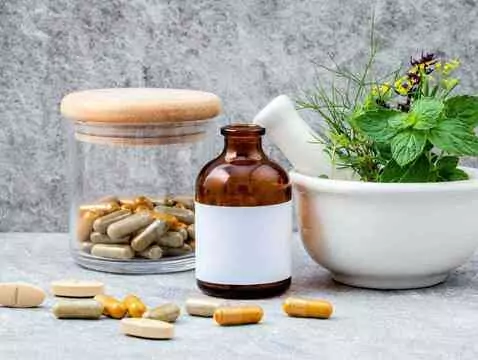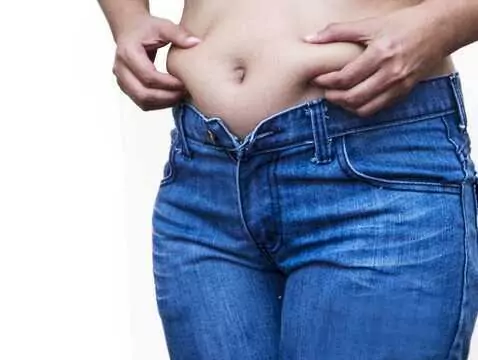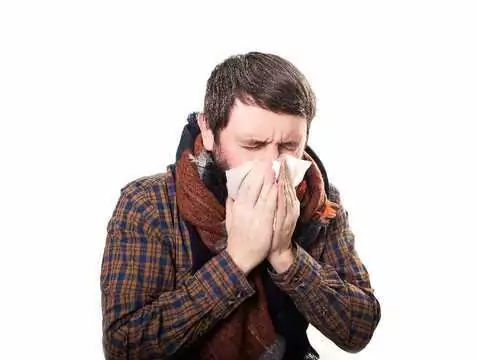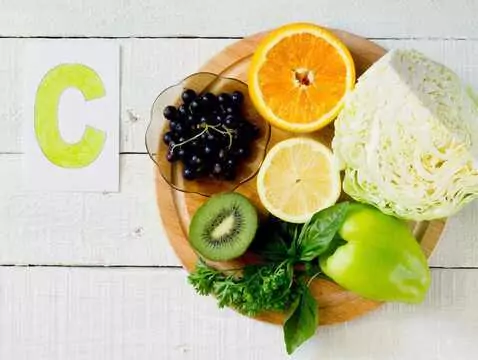Bacteria have lived on the planet for more than 3 billion years. There is no indication that they will ever cease to exist. Strains are destroyed by antibiotics, mutate and become resistant to drugs. Roughly every 20 minutes, a new generation of bacteria is created in the world, and in 1 hour, roughly 300 bacteria are formed from just 1 cell. In the war against bacteria, we are in a losing position. We must learn to live with them.
The strain of Escherichia coli that caused the wave of illnesses in Germany has long been known to scientists. Unfortunately, however, this time people were attacked by a mutated form of the bacteria, extremely malignant and toxinogenic, which has never before been recorded by World Health Organisation (WHO) experts. Scientists are studying the structure of the bacterium, working on drugs to destroy it, but everything needs time, which infected people do not have. Time is in short supply especially in the early stages of an outbreak, before the cause is properly diagnosed.
Only prevention
"If we realise that we live in the world of bacteria and not they in ours, we will quickly come to the right conclusion that the fight against bacteria and other microorganisms should be an integral part of everyday life," says Agnieszka Motyl, epidemiologist and family doctor at Medicover. The idea is to adopt certain habits that will largely protect us from the risk of contracting bacteria, including E. coli. The World Health Organisation describes these as the '5 steps to safer food', which consist of:
- Keeping clean, which means first and foremost washing your hands. Surprising that this needs to be reminded, and yet! Remember that the usual strains of Escherichia coli live in our digestive tracts, and while there they are reasonably useful, because, as coliforms, they help in the production of vitamin B, outside they can become deadly.
- Separating cooked food from raw food. This means that raw meat or seafood should be stored in the fridge in separate containers. It is also important to prepare them with separate equipment - cutting boards, knives, spoons etc.
- Thorough cooking. Bacteria die at 70° C. Bringing food to the boil, even when reheating, therefore protects us from bacterial contamination.
- Keeping food at the right temperature. Cooked food can be stored at room temperature for a maximum of two hours. It is therefore necessary to keep food in the refrigerator, set below 5°C. Products should only be defrosted by immersion in hot water or in heating appliances. It is also a good idea to ensure that meals are eaten immediately after serving, while they are still hot.
- Use only safe water and food. Above all, choose fresh produce, thoroughly wash and peel fruit and vegetables under running water, and, for example, avoid ice cubes made from unboiled water, especially if you do not know the source, and drink only pasteurised milk.

photo ojoimages
Extremely virulent bacterium O104:H4
A mutant strain of Escherichia coli O104:H4 has so far caused the deaths of 22 people in Europe (data as of 06.06.2011). "The toxin of this bacterium causes cell death - destroying the gastric and intestinal mucosa. In addition, it disrupts the kidneys to the extent that the patient requires dialysis and even causes permanent damage to these organs. The bacterium also destroys blood vessels in the kidneys, lungs, brain and heart," explains Dr Agnieszka Motyl from Medicover. German scientists still do not know why it has appeared in their country and locally in the northern part of the country. Cucumbers were initially thought to be the source of the infection, but at the beginning of June, the European Commission announced that they were not the cause. This is because it is unlikely that this strain of bacteria would have developed on vegetables, as it develops inside the body - in the intestines. In this case, it could have originated in the intestines of livestock (cows), which are the largest habitat for this type of bacteria. However, how did it enter the human body from there?









